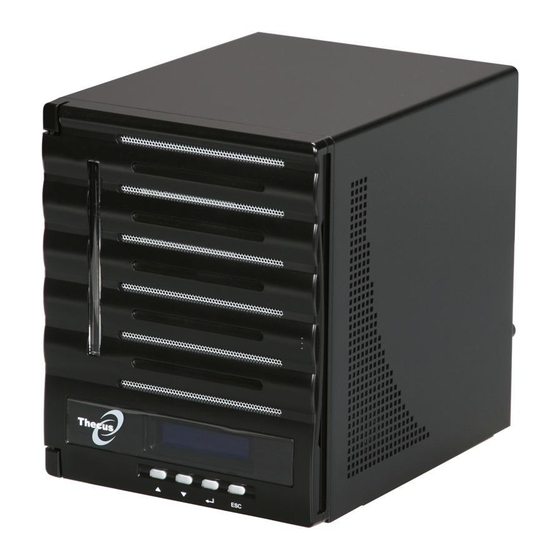
Thecus N0503 User Manual
Ip storage server
Hide thumbs
Also See for N0503:
- User manual (144 pages) ,
- User manual (168 pages) ,
- User manual (190 pages)
Table of Contents
Advertisement
Advertisement
Table of Contents
















Need help?
Do you have a question about the N0503 and is the answer not in the manual?
Questions and answers